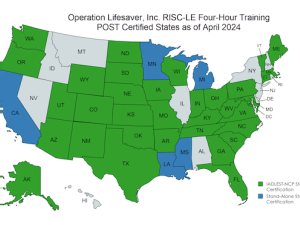The Transportation Department proposed a new regulation that it hopes will end a years-long effort to rewrite driver rules for the first time in more than 60 years.
"We are committed to an hours-of-service rule that will help create an environment where commercial truck drivers are rested, alert and focused on safety while on the job," Transportation Secretary Ray LaHood said in a statement.
The trucking industry, represented by the American Trucking Associations trade group, said the planned changes were overly complex, would reduce industry productivity and would be "enormously expensive for trucking and the economy."
Some large companies covered by the rule include FedEx Corp , UPS Inc and YRC Worldwide.
Trucking companies are concerned any reduction in hours would drive up costs.
A central point of contention revolves around the maximum time a driver can spend behind the wheel each day and the length of "off duty" time.
The current rule allows a daily driving maximum of 11 hours and a 34-hour gap between the end of one week and the start of another.
The Transportation Department favors a 10-hour daily limit, but sought public comment on whether 11 would be acceptable if other rest requirements were in place. The work day could not exceed 14 hours, which includes a one-hour break.
The latest proposal would preserve the 34-hour "restart" provision but drivers could only use it once in a seven-day period and off-duty times would fall during nighttime hours.
Analyst Jon Langenfeld of Robert W Baird & Co sees the proposal adding complexity to regulation. But he said a 10-hour daily driving limit, if approved, could reduce trucking capacity by 1 percent to 2 percent, which he called a meaningful impact.
The proposal's near-term impact on shares is limited, Langenfeld said in a note to clients.
Fatalities in large truck crashes declined 20 percent from 2008 to 2009 to 3,380, according to National Highway Traffic Safety Administration data. Big rigs make up about 7 percent of all U.S. highway fatalities and about 1.4 percent of deadly truck crashes involved fatigue, NHTSA data showed.
Attempts by the Bush administration were successfully challenged in court by labor and consumer groups opposed to proposals to increase hours they say did not consider the impact of a longer work day on driver health.
A federal appeals court said a new rule must be in place by July 2011.
A leading opponent of previous proposals to change driver rest rules included the Teamsters union, which represents more than 100,000 long haul truckers. (Reuters)







